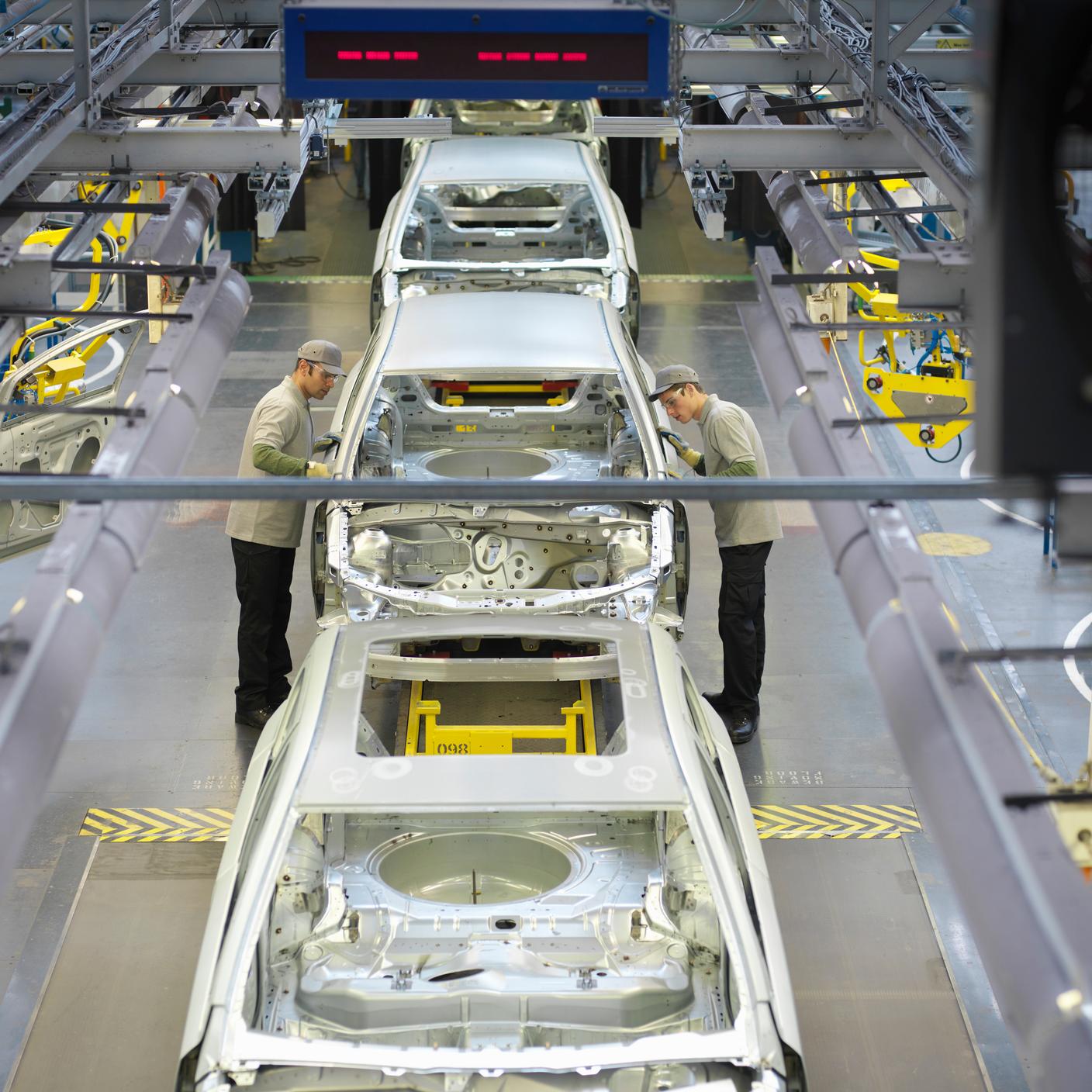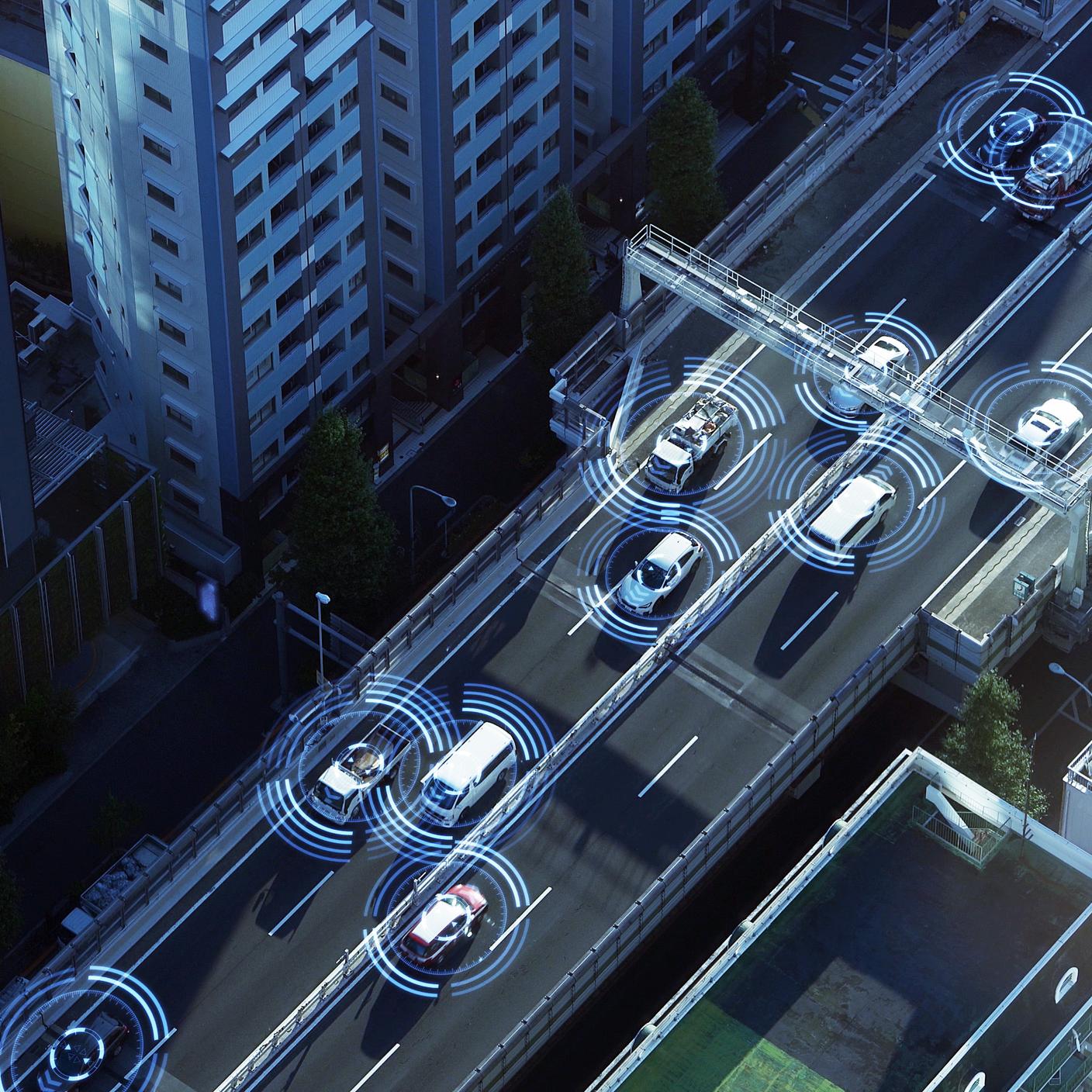The development of Connected and Automated Vehicle (CAV) technology has led to the automotive industry undergoing a massive transformation.
It could be argued that car manufacturers are now more akin to tech companies than hardware manufacturers – with a modern car containing around 100 million lines of software code.
Automotive manufacturers, software developers and transport operators using such technologies will increasingly need to be able to demonstrate to the public and authorities that:
• it is safe for deployment
• it can be made safe throughout its lifetime
• risks are actively managed.
For your organization, this will involve adopting new practices and processes supported by technical standards and operational best practices.
The rapid evolution of CAV
The sustained introduction of innovative technologies, the advance of digitization, and connected data systems have seen the industry develop at pace. In commercial terms, the global CAV market is predicted to reach over £900 bn by 2035.
This technological advancement presents substantial and potentially transformative opportunities for both society and individuals. It has the potential to lead to safer roads, reduced congestion, and the possibility of more efficient, inclusive and sustainable transport systems.
With innovation opportunities comes risk management
Alongside the potential for transformative change comes potential risks. CAVs bring emerging challenges manifested by a combination of physical and digital threats.
Overcoming these potential challenges and reassuring customer perception offers the potential for the benefits of CAV technology to be fully realised in your organization.
Two pivotal areas of risk emerge. The first revolves around user and consumer safety, crucial for fostering widespread trust and familiarity with the notion, given CAVs' anticipated operation with minimal human intervention.
The second imperative consideration in CAV development lies in cybersecurity. As vehicle technology advances, intelligence grows, and interactions with external systems deepen, potential risks include data loss, compromised privacy, operational issues, and erosion of consumer confidence.
Supporting vehicle safety and cyber security
The automotive sector uses standards to embed functional safety principles into its product development life cycle. This has grown to include standards that relate to more advanced active safety features and support compliance with emerging UN regulations for automotive cyber security management.
The following standards are now being adopted to promote safety and security through the design process and automotive supply chain:
- BS ISO 26262 Functional Safety
- BS ISO 21448 Safety Of The Intended Functionality (SOTIF)
- BS ISO/SAE 21434 Automotive Cyber Security Engineering
Standards relating to ADAS systems
Driver assistance and ‘convenience’ features, or ADAS (Advanced Driver Assistance Systems), are now common in our vehicles. Standards have been designed to support the industry to design and test these features and ensure they are safe for deployment on public highways.
These include:
- Lane-keeping assistance systems (BS ISO 11270)
- Adaptive cruise control systems (BS ISO 15622)
- Forward collision warning systems (ISO 15623)
- Road boundary departure prevention systems (BS ISO 19638)
- Automated Valet Parking Systems (AVPS) (BS ISO 23374-1)
- Test method to evaluate the performance of autonomous emergency braking systems (BS ISO 22733-1)
Standards helping shape CAV development
As CAV technology evolves with self-driving vehicles, developing standards is a key way to shape good practice that ensure the safety of trialling, testing, and the eventual widespread use of CAVs.
We have developed a range of standards and tools to support safe trials and development of automated vehicles, which are being applied internationally.
Explore our range of free-to-download standards as part of the BSI Connected Automated Mobility programme, including:
- CAM vocabulary.
- BSI PAS 1881 - designed to assure the safety of trials and developmental testing activities alongside CCAV’s own Code of Practice.
- BSI PAS 1883 - provides a universal taxonomy for specifying the operational design domain (ODD), or intended operating conditions, of an automated driving system (ADS). This is supported by ISO 34503 – Road Vehicles – Test scenarios for ADS.
- BSI PAS 1884 for use, training and selection of remote safety operators
We are now seeing the development of international standards for testing of automated driving systems and use of AI in road vehicles.
If you would like to learn more, this linked YouTube video features real-life examples from CAV trials, with insights from tech developers, local authorities and test providers.



